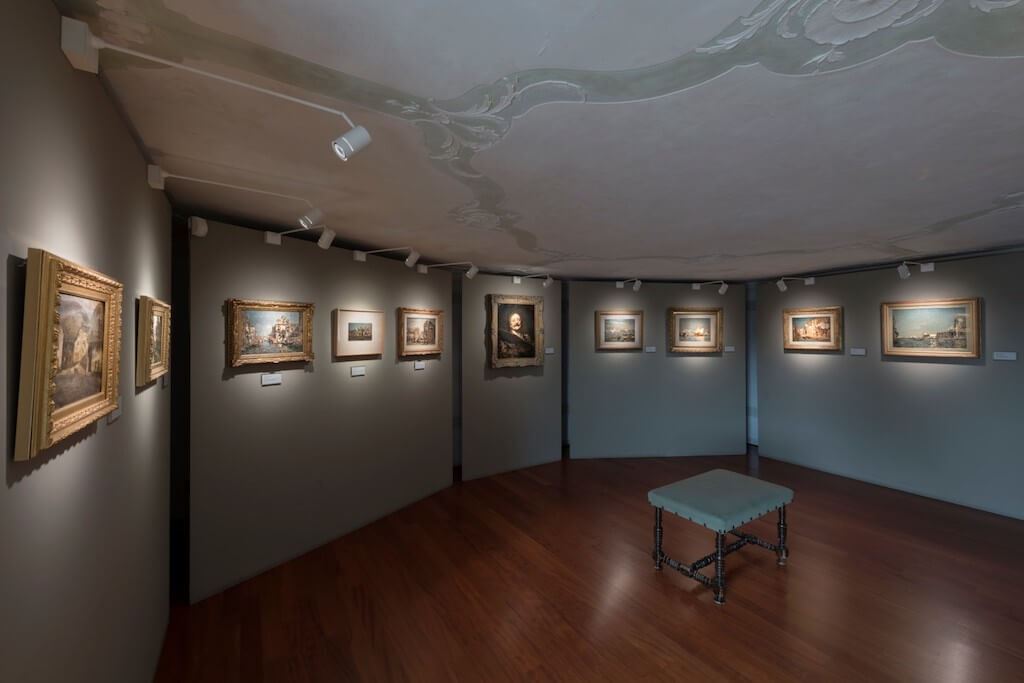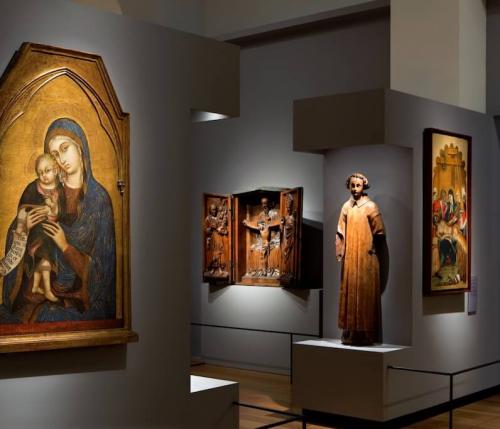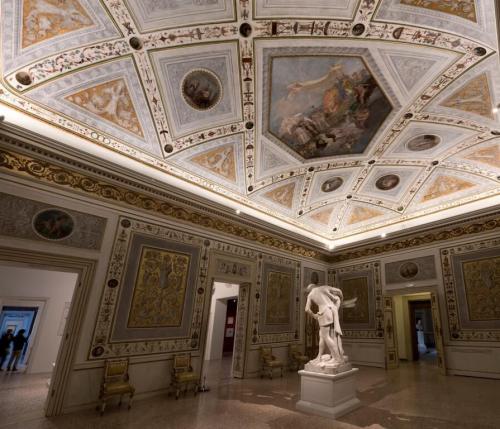Light – generating, evocative, intangible – is the element to which Rimani devotes its creativity, experience, innovation and technology.
Born in July 2015 as an “innovative start-up”, it has its roots in the thirty-year experience of Carlo Albano, who, following his vision and his intuitions, has decided to create what can be defined as a new chapter in the history of lighting systems, an unprecedented relationship between man and light. The core founders of the company also include Massimiliano Negri and Stefano Terrosi who, sharing the innovative path, have brought to the company their complementary skills in architecture, electronics, information technology, domotics and home automation for the creation of highly efficient solutions.
Comfortable, efficient and tailor-made lighting systems for each customer, solutions that are always one step ahead of simple and "smart" light, able to offer a better quality of life to people, emphasizing beauty and reducing impact on the environment.
And it is especially in the museum sector that Rimani makes the best use of his light, showing off the best shape, attracting and guiding the viewer through contrasts of light that reveal every little detail, arousing emotions and giving a unique and engaging experience.
However, strict rules must be followed, in what is one of the areas in which the culture of light requires greater commitment. An indispensable prerequisite is the correct color rendering and contrast, the glare reduction and the need to limit exposure to harmful radiation. In the words, ensuring the work of art can be “enjoyed”, while making sure it is correctly conserved.
Furthermore, there are non-secondary aspects attributable to the sphere of aesthetic sensitivity and technical flexibility: such as the use of appliances in harmony with the exhibition environment and easy to manage, for inspection, maintainability and accommodation to specific situations (changes during construction, for example), which occur with each new set-up.
Art and beauty in full light
Rimani's advice - Lighting Creative Technology - for a perfect museum lighting
In the case of temporary exhibitions, the artworks are moved from their original environment to their new temporary setting and only a measured transition from the original environment to the host one can avoid the triggering of processes of deterioration of a photosensitive nature. It is therefore essential to use a lighting system that conforms not only to regulatory requirements, but above all to the usual conservation conditions of the artworks. Moreover, temporary exhibitions, due to their transitory nature, face important flows of visitors, also concentrated in a short time. This fact forces the fruition of the artworks from multiple and contemporary points of view: the installation must allow a comfortable vision, from more visual, without the need to constantly adapt the perspective of the observer. Not always, the artworks are displayed according to the project order, making technical adjustments necessary. Sometimes, however, the artworks are approached without being able to respect any specific continuity in term of material, size or even semantic content, thus requiring to handle the impact of potentially contrasting lighting between works that are on display and next to one another.
Among the most significant lighting projects entrusted to Rimani: the Martini and Portego Collection of the paintings at Cà Rezzonico in Venice, the Canovian wing of the Correr Museum in Venice, the Sabauda Gallery in Turin, the exhibition “The Symbolism. Art in Europe from the Belle Époque to the Great War” at Palazzo Reale in Milan, the Church of Santa Maria del Buon Consiglio in Milan, the Italian Embassy in Bern, the Sanctuary of Santa Maria del Fonte in Caravaggio, the lighting of Pordenone frescoes of the Cremona Cathedral, the Hysteria Art Gallery, the new space dedicated to contemporary art based in the heart of Milan and many others (to quote them all would be impossible).
INFO/ PHOTO COURTESY: https://rimanisrl.it/en





 Workspace Design Show: 2024 UK Edition
Workspace Design Show: 2024 UK Edition  Open-air elegance: Claudio Bellini x Higold, the symphony of outdoor design
Open-air elegance: Claudio Bellini x Higold, the symphony of outdoor design  A stylish oasis for outdoor spaces
A stylish oasis for outdoor spaces  How to capture your property's best features
How to capture your property's best features